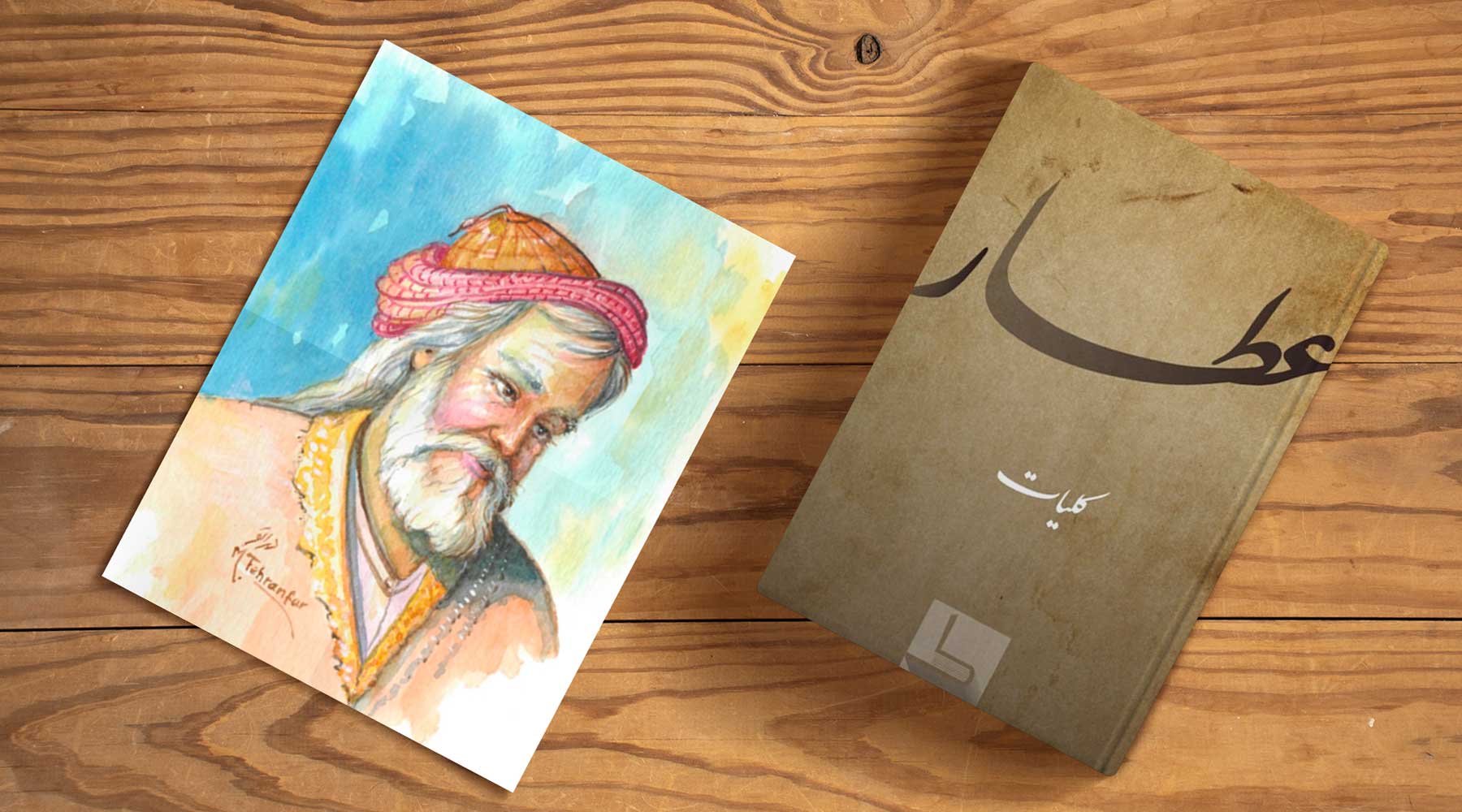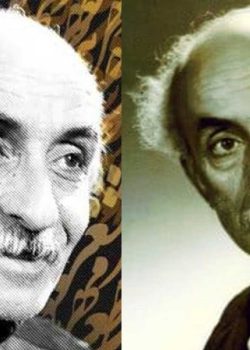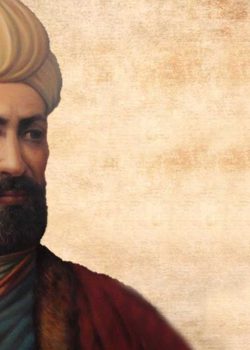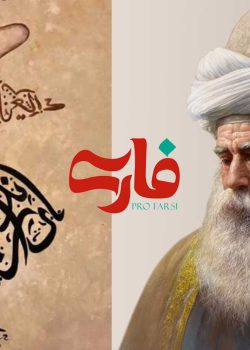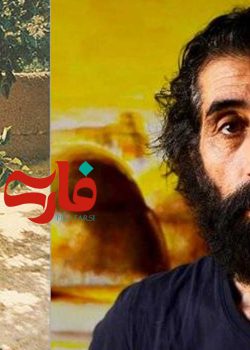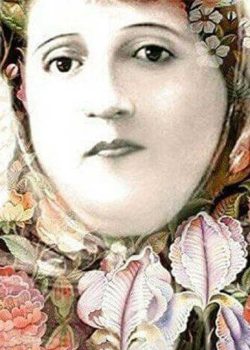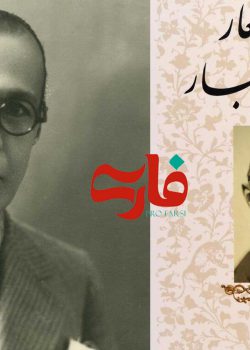6 Attar of Nishapur Poems: the Persian Poetry of Attar
Attar of Nishapur was a 12th-century Persian poet, mystic, and philosopher whose works have had an immense impact on Persian literature and beyond. His poetry often deals with themes related to love, spirituality, and human nature and has been read for centuries around the world.
In this blog post, we will briefly overview Attar of Nishapur’s life and background, analyze his major works and themes, and emphasize the significance of his poetry. We’ll also go over 6 examples of his unique poetry. Ultimately, we’ll discuss his legacy and lasting impact on Persian and world literature.
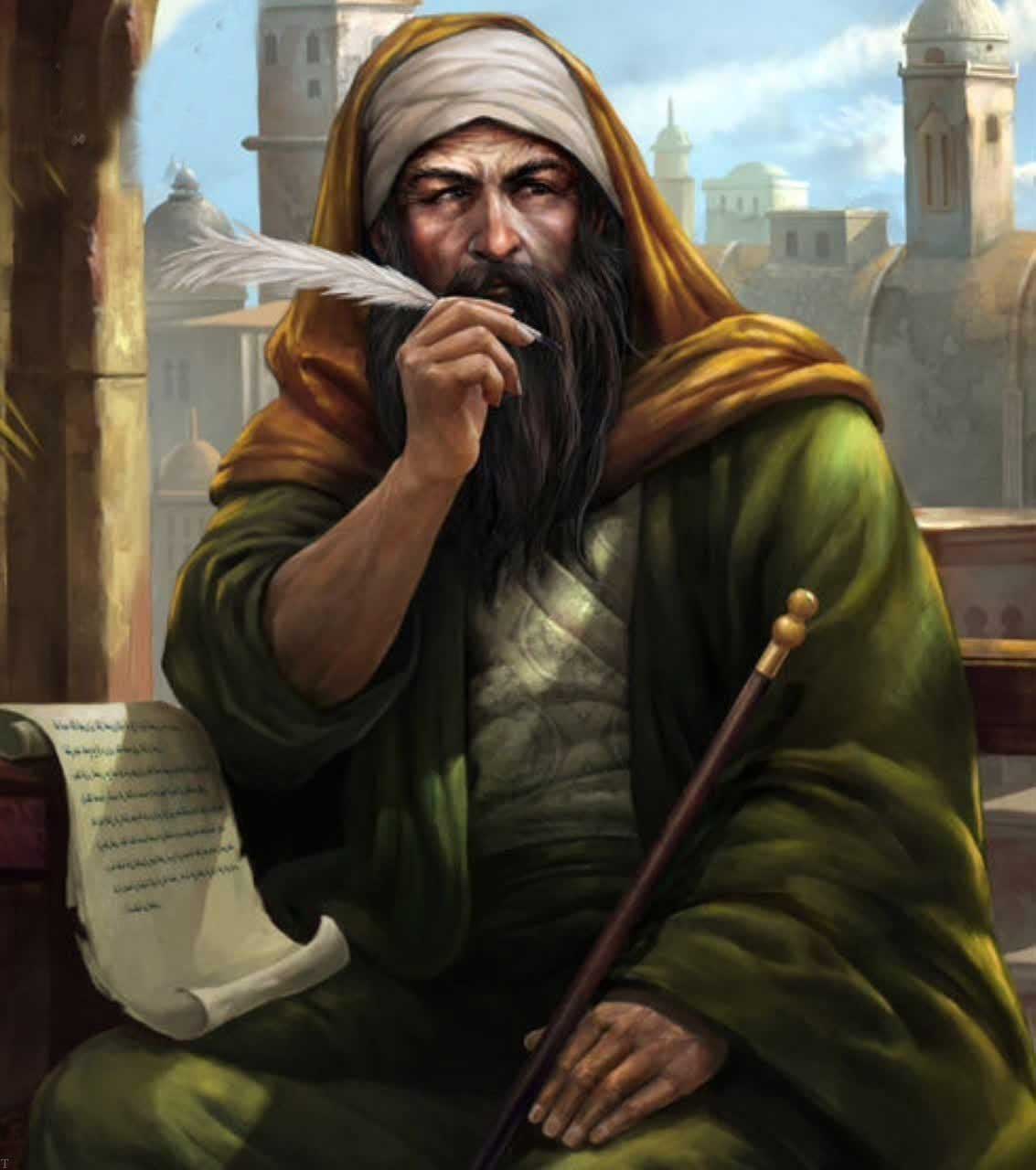
Attar’s Life and Background
Attar of Nishapur was born in Nishapur, Iran, during the late 12th century. Little is known about his life, and even his given name remains obscure. Attar, of course, wasn’t his real name but rather a cognomen or “nickname” derived from his original profession as an herbalist or perfumer (in Farsi, an attar is a kind of herbalist or a seller of medicinal herbs. The word itself is rooted in atr, an Arabic word meaning perfume).
There are a few stories about how the poet became a Sufi from his original profession as an herbalist. None, however, are reliable. However, it happened, the Attar we know was a Sufi, an adherent to a mystic Islamic movement that emphasized personal spiritual growth. Attar’s poetry often mirrors this philosophy and strives for spiritual enlightenment.
Attar’s life was tragically cut short when the Mongol army invaded in the early 13th century, leading to his execution. Despite his tragic demise, Attar’s legacy lived on through his poetry and writings, which continue to inspire readers and scholars today.
Attar’s Literary Style and Contributions
Attar’s writing is distinguished by the vivid imagery, metaphor, and allegory it employs to convey complex spiritual and philosophical ideas. He often drew upon stories and legends from Persian and Islamic folklore, weaving them into his poetry to create a rich tapestry of meaning beyond what could be read directly in the text itself.
Attar’s own works, such as “The Conference of the Birds,” demonstrated how powerfully the masnavi form could convey complex spiritual and philosophical ideas through allegory and metaphor.
He is known for using animal fables in his works, as elegantly presented in “The Conference.” This attribute had a large impact on famous Persian poets coming after him, like Rumi or Saadi. Through Attar’s literary works, we can also see the cultural and intellectual spirit of his time. The “Islamic Golden Age” was a time of scientific and artistic progress. There are a great number of Persian, Arabic, and Greek figures contributing to the arts and sciences in this golden age.
He also contributed to the lasting influence of the Iranian-Islamic Sufi tradition by penning the major hagiographic prose work, Tazkirat al-Awliya (meaning, literally, the remembrance of great spiritual personages).
His contributions to Persian poetry are still prominent today, and he remains an important part of a time looked back at with great admiration by many Persian speakers today.
The Works of Attar of Nishapur
Attar of Nishapur is renowned for his diverse literary works, both poetry and prose. Some of his most renowned pieces include:
“The Conference of the Birds” (Mantiq al-Tayr, منطق الطیر)
Considered Attar’s masterpiece, this epic poem follows a group of birds on their quest to find the legendary Simurgh bird. Along the way, they face various hardships that test their faith and resolve as they strive to overcome each obstacle. Finally, only thirty birds (literally si morgh) remain, who at length realize in their union, they make up the legendary Simurgh (a play on homonyms where the proper name Simurgh sounds like the words denoting “thirty birds”)
“The Book of Secrets” (Asrar-nama, اسرارنامه)
Attar’s collection of prose writings on Sufism and spirituality, “The Book of Secrets,” delves into topics such as love, self-knowledge, and the pursuit of spiritual enlightenment.
“The Divan” (دیوان)
His poetry collection, the Divan of Attar contains the poet’s couplets. It deals with subjects ranging from love to Sufism and theology.
“The Hagiography” (Tazkerat al-Awliya, تذکره الاولیا)
Attar’s Hagiography or the Tazakarat al-Awliya work chronicles the life and teachings of Sufi saint Sheikh San’an and is considered one of Attar’s most significant works of prose. It enabled the Sufi tradition to reach a much wider audience, a task it still performs today.
“The Book of Affliction” (Elahi-nameh, الهی نامه)
This work of prose delves into the concept of divine punishment and suffering, providing insights into how one can find meaning and purpose when faced with hardship.
Attar’s works remain widely read and studied by scholars around the globe, his legacy as a poet and mystic having had an immense impact on Persian literature and culture.
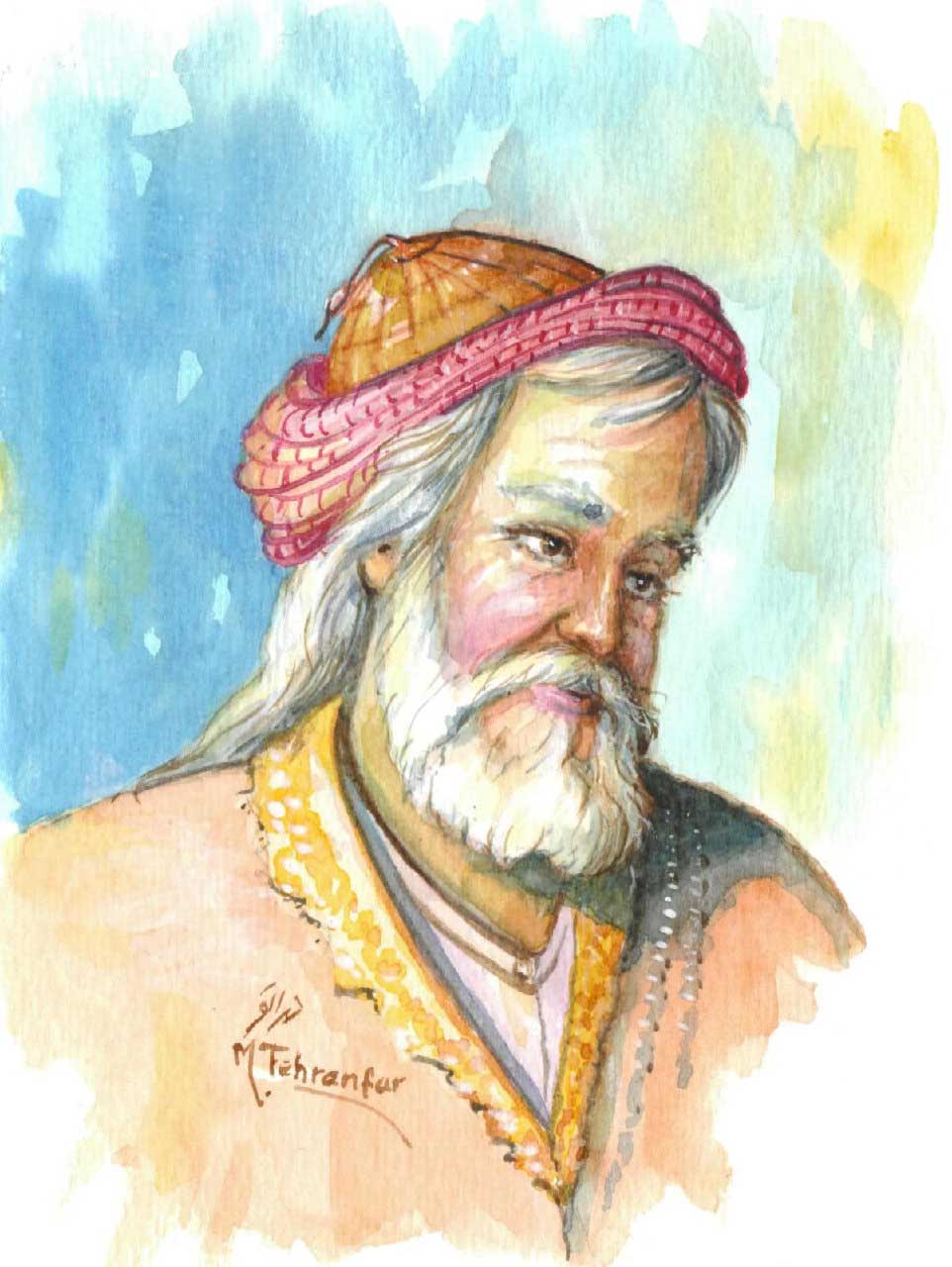
6 Attar of Nishapur Poems — Examples of Attar’s Poetry in Farsi and English
Attar of Nishapur is renowned for his poetic genius and ability to convey complex spiritual and philosophical ideas through verse. Here are 6 examples of Attar’s work that demonstrate his poetic skills:
بی تو دل و جان من سیر شد از جان و دل
جان و دل من تویی ای دل و ای جان من
هست دل عاشقت منتظر یک نظر
تا که برآید ز تو حاجت دو جهان من
My heart and soul have grown weary of life without you.
O ye who are my heart and soul, you are everything to me.
I’m waiting for you to gaze at my heart.
Your eye will increase the value of my life!
آنچه میجویی تویی و آنچه میخواهی تویی
پس ز تو تا آنچه گم کردی ره بسیار نیست
You are the one you are seeking!
You desire nothing more than yourself!
Then the distance between you and the loss you suffered is not great!
دل شناسد که چیست جوهر عشق
عقل را ذرهای بصارت نیست
در عبارت همی نگنجد عشق
عشق از عالم عبارت نیست
The essence of love is known by the heart.
The mind is ignorant about love.
Love is inexpressible in words.
In the world of words, love is not!
در دلم افتاد آتش ساقیا
ساقیا آخر کجائی هین بیا
هین بیا کز آرزوی روی تو
بر سر آتش بماندم ساقیا
My heart is burning, Cupbearer, oh
Where are you, cupbearer? Arrive soon
I’m still burning, cupbearer.
Because I long to see your face!
جان و دل پر درد دارم هم تو در من مینگر
چون تو پیدا کردهای این راز پنهان مرا
ز آرزوی روی تو در خون گرفتم روی از آنک
نیست جز روی تو درمان چشم گریان مرا
Oh, my heart is filled with suffering; look at it
Since you’ve discovered my hidden secret
Because of my longing to see you, I wept days and nights
It is only you who can cure my eyes full of tears!
تو چو شمعی و جهان از تو چو روز
من چو پروانهٔ جانباز امشب
همچو پروانه به پای افتادم
سر ازین بیش میفراز امشب
عمر من بیش شبی نیست چو شمع
عمر شد، چند کنی ناز امشب
A burning candle you are, and the world is bright with you
A moth I am, flying around you tonight
Falling at your feet like a moth
Don’t raise your flame so high tonight
My life is brief like a candle
It is about to end soon
How I long for you to look at me?
These examples of Attar’s poetry provide a mere glimpse into the depth and beauty of his work. His poetry continues to inspire and move readers even centuries after it was written.
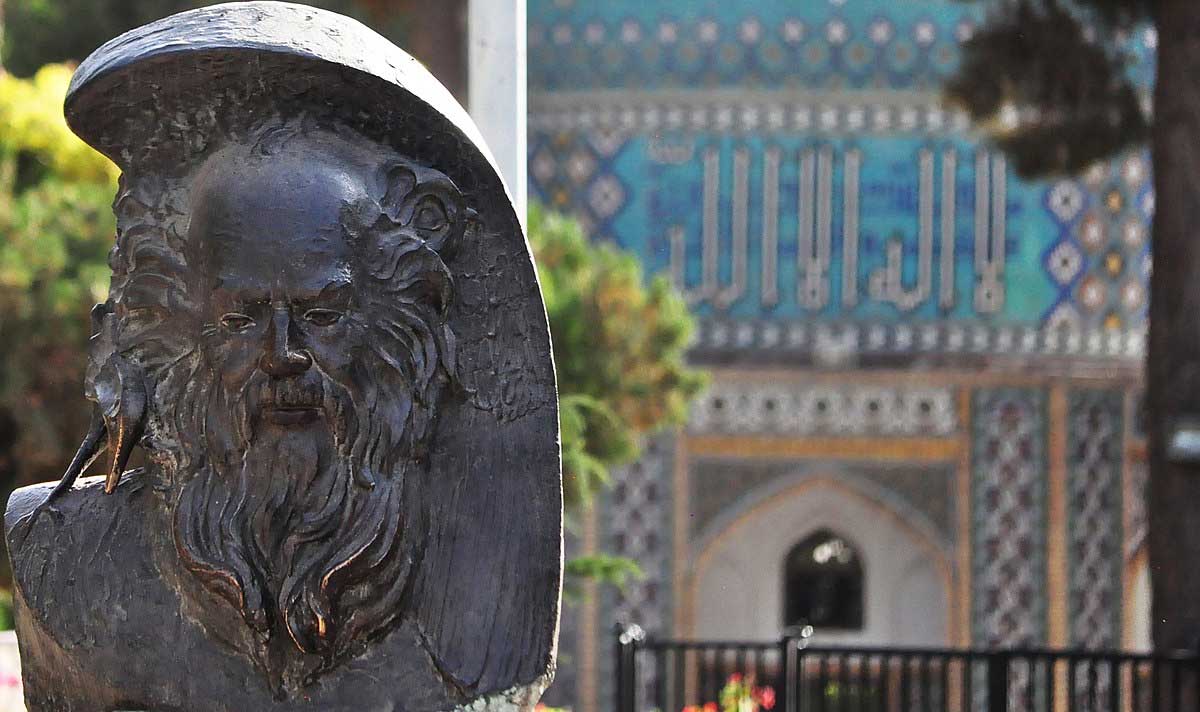
The Lasting Legacy of Attar of Nishapur
For centuries, Attar’s works have been highly praised by Persian-speaking and non-Persian readers alike. His poetry has been translated into various languages such as English, French, German, and Russian; Attar’s influence on Persian literature and mystical thought is undeniable, and he is widely considered one of the greatest Persian poets ever.
Attar’s legacy can be seen in the works of many poets and writers after him, such as Rumi, Hafez, and Saadi. Additionally, Attar’s ideas have had a major influence on Sufism – an enlightened branch of Islam – by encouraging spiritual transformation through love and devotion. His messages continue to motivate people around the globe today.
In addition to his literary legacy, Attar is remembered for his contributions to Persian culture and society. As a highly-regarded pharmacist, his medical knowledge was highly sought-after during his lifetime. Furthermore, his philanthropic activities, such as providing free medication to the needy and founding a charitable hospital, earned him much respect and admiration from those within Iran and beyond.
Attar’s tomb in Nishapur has become a site of pilgrimage for his admirers, with events and festivals commemorating his legacy throughout Iran and beyond. His timeless popularity bears testament to the profound influence his poetry and ideas have had on Persian culture and spirituality.
To Sum Up
Attar of Nishapur’s influence on Persian literature and culture cannot be overstated. His poetry continues to inspire readers around the world with its profound insights into spirituality, love, and human nature. Attar’s emphasis on spiritual transformation through love and devotion has resonated with people from different generations and backgrounds.
Attar’s legacy is also felt within Sufism, where his ideas helped shape this mystical tradition within Islam. Furthermore, Attar’s contributions to medicine and philanthropy further demonstrate his profound impact on Persian society.
As we explore the works of Attar of Nishapur, we gain a greater insight into Persian literature and culture. His poetry offers us an exquisite window into both the beauty and complexity of the Persian language as well as timeless wisdom that still rings true today.
Related Posts

